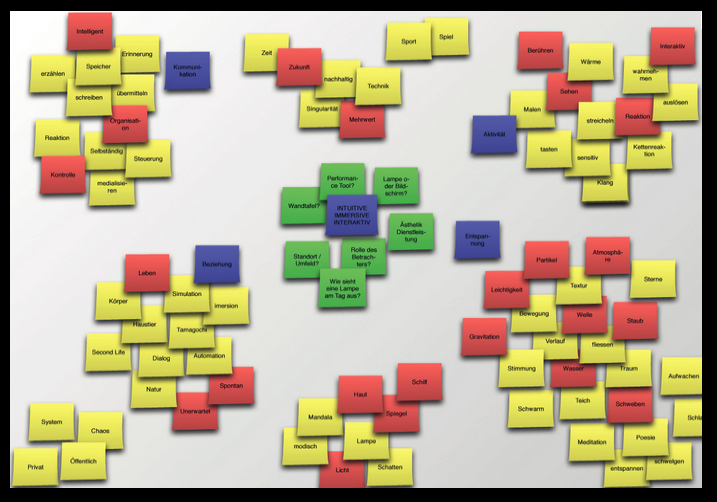Tag: external collaboration

Collaboration in the Workplace: 6 Secrets to Sharing Team Skills
How many times in your business career have you been in an organization where real energy was expended to building collaboration and sharing? How successful were these efforts? Building collaboration in the workplace is not an easy job, is it? But we’d all agree that the payoffs certainly outweigh the efforts, wouldn’t we? The notion…